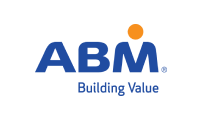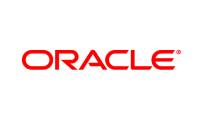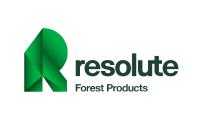Nearly half of U.S. states and a growing number of businesses have a net-zero goal. Is your organization taking this seriously or just talking about it? Are you making progress?
The first step any organization should take is to develop its baseline emissions. Use a reputable standard for your accounting framework to ensure consistency. Further, choose standards that reflect your industry and your goals. Continually increasing the scope of your measurement will offer future opportunities. Use the data to identify and prioritize the types and places impacting your emissions footprint. Contact us if you haven’t completed this first step.
What’s next for a net-zero plan
Addressing scope 1 and 2, the organization should pick low hanging fruit by downsizing or investing in buildings. Envelope enhancements include ventilation, insulation, coatings, or tints to windows. Promote natural lighting, employ LED lights with timers and electronics policies to ensure awareness for conservation. Certainly, these low-cost solutions can have a surprising impact on your overall energy consumption. Also, consider modifying commercial vehicles to accept cleaner fuels or make the transition to electric vehicles. Adopt best practices for onsite process emissions and monitor progress closely. Set realistic annual targets for larger upgrades or purchases, but don’t pass on these quick wins.
Evaluating for Scope 3 is a long-term effort. Develop your understanding of how your organization uses natural and human resources throughout lines of business. Strategic sourcing and processing of natural resources can be multilayered and take diligence in multiple departments. Supply chain assessment, supplier conduct codes, and continuously improving processes offer opportunities to increase resource efficiency, reduce waste and cut carbon intensity. Equally, accounting for the value of a product or its components for the consumer at multi-year intervals for circularity and accounting for end of life to improve revalue. Logistics planning for shipping and distribution is another domain that can be scrutinized. Consider human resources and the interaction of your workforce. Commuting and business travel can be sizeable for service-based industries and should be limited to improve scope 3.
Net-Zero goals are ambitious for any organization and incorporating these basic strategies into your net-zero efforts can help not only prove your organization is not greenwashing but also make progress. Developing a strong plan that reflects organizational goals is a necessity and regularly seeking opportunities to reduce demand are paramount to success.
In CSE, it is our aim to support our clients improve their business performance while having a positive social and environmental impact. We want to help them innovate through the continuous integration of ESG principles into their mission, operations, and supply chains.
Is there any request you would like to share with us? We will be happy to have a chat with you.
Upcoming Programs: Certified Sustainability (ESG) Practitioner Program, Leadership Edition 2022.
Location: Digital Date: October 27, 28 & 31
Sign Up: Certified Sustainability (ESG) Practitioner Program, Leadership Edition
For more information & discounts contact us at [email protected]
Related Sustainability Articles










